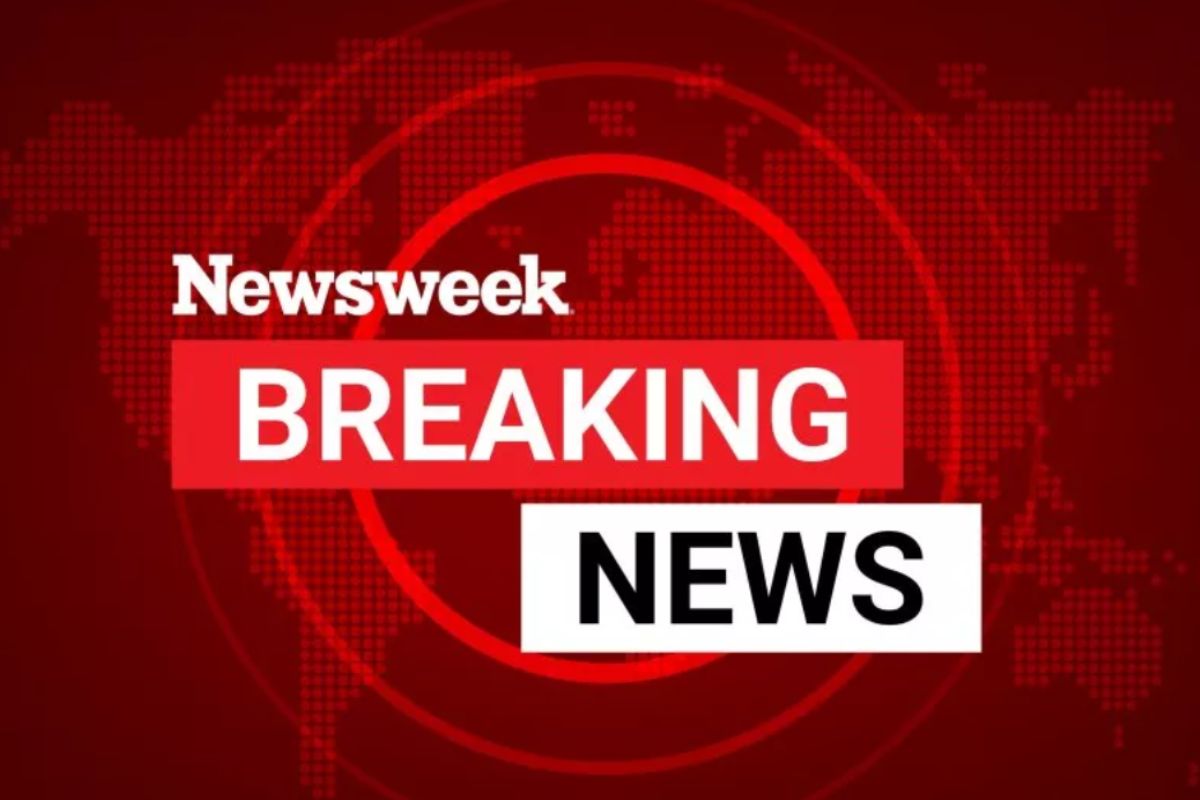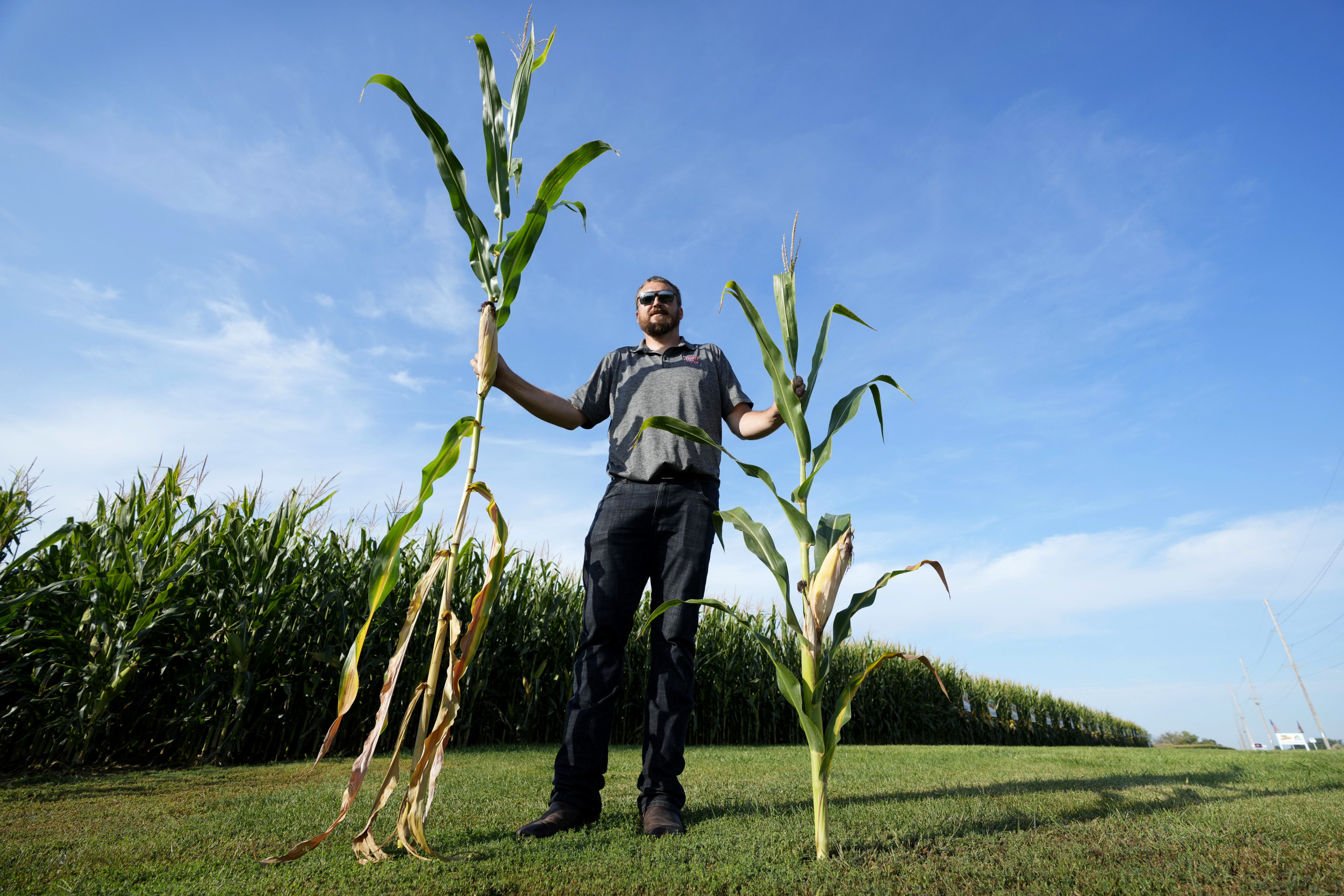🎙️ Voice is AI-generated. Inconsistencies may occur.
A growing number of Americans find themselves living in "health care deserts," areas lacking in the specific infrastructure and services needed to ensure timely access to medicine and care, new data suggests.
According to new research from health care and prescription price-comparison website GoodRx, 81 percent of U.S. counties—home to more than 120 million Americans—fall under this definition in some way. This includes those which lack proper access to either pharmacies, primary care, hospital beds, trauma centers or community health centers.
Why It Matters
As a result of large-scale drugstore closures this year, 2025 has already been marked by a rise in so-called "pharmacy deserts," with more Americans having to travel further from where they live to access essential medications. The broader term used by GoodRx denotes a more pervasive issue, one which it says threatens not only the availability of medicine but also vital services needed in times of emergency.

The issues with physically accessing health care are in addition to those associated with cost, as health care continues to prove prohibitively expensive for a significant number of Americans.
What To Know
According to the GoodRx data, as well as the 81 percent of counties experiencing a health care desert of some kind, a majority of people in 60 percent of counties lack adequate access to more than one form of critical health service.
Certain states, the research suggests, are more exposed to these issues, with 87 percent of those in Wyoming, 74 percent of those in Vermont and 70 percent of Montanans living in a health care desert county.
Amanda Nguyen, Senior Health Economist at GoodRx, told Newsweek the prevalence of health care deserts was driven "by structural gaps and shifting policies."
Nguyen said certain areas had lost their federal shortage designations—which agencies use to help direct federal funding and other forms of assistance—despite the fact that health care access has not improved.
She added that health care deserts were particularly common in rural and lower-income communities with high uninsured rates. This, she said, "creates a negative cycle—as more people struggle to pay for care, hospitals and pharmacies are more likely to close, further eroding access."

Since its previous research into the topic, GoodRx said pharmacy deserts had seen the largest increase, with 48 million people now living in such areas, up from 41 million in 2021. In the U.S. today, 45 percent of counties can be classified as pharmacy deserts, GoodRx added, noting this was especially concerning given nationwide medication shortages.
Emergency medical care also remains out of reach a significant number of Americans, the study suggests. GoodRx found that more than 28 million people live half an hour from the nearest hospital, nearly 50 million live over an hour from a facility able to handle major injuries, and 79 million are in areas with fewer than two hospital beds per 1,000 people.
What People Are Saying
Amanda Nguyen, Senior Health Economist at GoodRx, told Newsweek: "When care is far away or hard to afford, people may delay or skip care altogether. And that can have serious consequences. Our research found that nearly 1 in 5 Americans had to visit multiple pharmacies just to get their medication — and that's in areas with some access. Now imagine that same challenge in a county with no nearby pharmacy, hospital, or primary care provider. These delays and gaps add up, especially for people managing chronic conditions or without insurance."
Tori Marsh, Senior Director of Research at GoodRx, discussing the issue of pharmacy closures and deserts with Newsweek previously, said: "Many of the counties hardest hit by pharmacy closures already had limited access. Now, they're losing their last remaining pharmacies, creating health care deserts with no immediate solutions in place."
What Happens Next?
Pharmacy closures are set to continue through 2025, as major chains such as CVS and Rite Aid scale down their nationwide footprint.
fairness meter
About the writer
Hugh Cameron is Newsweek U.S. news reporter based in London, U.K. with a focus on covering American economic and business ... Read more



